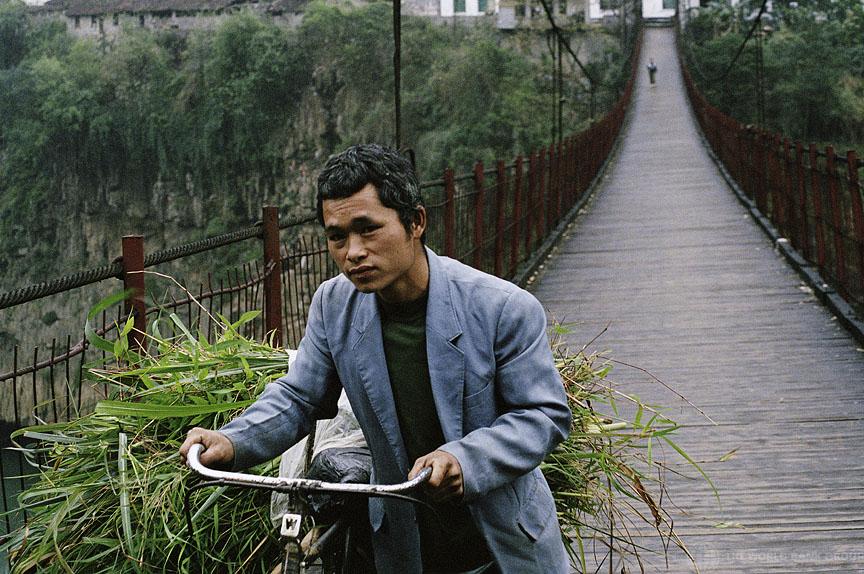China ranks first in the world for expected annual GDP losses from climate-induced natural disasters. At the same time, China has experienced an unprecedented level of urban growth with exceptional speed. In 2020, more than 60% of China’s population (840m inhabitants) live in cities. The combination of urban growth and climate vulnerability poses significant challenges to China’s sustainable development. Extreme weather events caused expected annual economic losses of up to 1.3 percent of GDP. The project will empower local pilot cities with an Integrated Climate Risk Management (ICRM)
China
The overall aim of the project is to increase resilience to extreme weather events by devising on an integrated climate risk management approach that includes insurance. The ACRI+ project worked to collect the experiences and best practices from different organizations across the globe and promote these findings at international conferences and workshops, as well as on their online database “Climate Insurance”.
There is a range of reasons for establishing agricultural and climate risk insurance, including adaptation to climate change, food security, disaster risk management or social protection. Regardless of the motives, however, creating an effective insurance system inevitably cuts across various political spheres. Thus, the first key element is to create a broad consensus amongst policymakers and their commitment to creating an enabling policy environment. This includes the integration of agricultural and climate risk insurance into respective national policies, strategies and action plans
The core objective is to support insurance companies in providing affordable and sustainable insurance products to households and companies in rural areas to protect them against losses from extreme weather events.
The core objective is to systematically reduce the impact of climate risks on a selected pilot city through risk transfer solutions. It also aims to support NDRC in implementing China’s National Climate Adaptation Pilots, to develop a comprehensive blueprint for climate adaption actions, to assist in the implementation of this blueprint, and to replicate this solution in other cities.

Published on:
Country:
On Chinadialogue.net, Zhang Chun, Senior Researcher at Chinadialogue, wrote that the Chinese government is pushing the insurance industry to offer climate risk policies, as climate changes increases the frequency and severity of typhoons. In the agricultural sector, the most relevant type of insurance policy related to climate change in China is called climate index insurance. Instead of determining pay-outs on the basis of damage and loss, policies are based on a weather index that sets compensation levels based on different weather conditions, such as rainfall," Zhang adds. Click here to
Content owner:
Swiss Federal Institute of Technology Zurich
Topics:
This Masters thesis presents the results of a pilot scale study on weather index-based rice insurance in Zhejiang province, China. The goal of this thesis is to find the best suited weather index-based rice insurance model for each rice cropping zone of Zhejiang. By testing a wide range of weather indexes for their relationship with the rice yield per unit land in each rice cropping zone using classic regression models, a set of weather indexes were selected for each rice cropping zone of Zhejiang. A rice insurance product was then designed based on the relationship between the chosen weather index and rice yield. Basis risks were studied in detail in this thesis, and were reduced in the insurance model by defining the insurable farming scale to rice cropping zone and by removing the time trend in rice yields. The results show diversified features in weather index and insurance product design of different rice cropping zones in Zhejiang.
Topics:
This paper presents preliminary results on the possible demand for weather insurance in China. Results from 1,564 farm households from Western and Central China between October 2007 and October 2008 suggest that the greater risk for farmers is drought followed by excessive rain. Heat is less critical as a risk but more significant than cool weather. Results suggest a strong interest in precipitation insurance with 50% and 44% of respondents indicating strong interest in the product. Supplementary results indicate that interest is equal between planting, cultivating, and harvesting. Furthermore results suggest that farmers are willing to adopt new ideas, and where possible already take action to self insure through diversification and other means, The results are encouraging. Examples and discussion of how weather insurance can be implemented is included in the text.
Topics:
Food prices for wheat, maize, corn or soybeans have risen in the last 18 months markedly, mainly as a result of a growing imbalance between supply and demand for agricultural products. Since 2000, prices for food have nearly doubled around the world. The supply side is not keeping up with the increase in demand. Direct investments into agriculture production are still remarkably low. This issue is being addressed at both the national and international level. For example, within the Commonwealth, Ministers of Finance, at their Annual Meeting in October 2008, called on the international community to intensify its support for affected countries and to accelerate both short and longer term investments in increasing agricultural production and productivity.
Content owner:
International Journal Disaster Risk Science
Topics:
The development of agriculture and the rural economy play a crucial role in China’s socioeconomic system. Agriculture insurance has become key in ensuring the growth of agriculture and stabilizing farmers’ income when faced with natural disasters. The focus of this article is the history of the development of Chinese agriculture insurance since the 1980s and the trial of a new agriculture insurance launched in 2007, the policy details implemented in selected provinces, and the operation models. Using results from an investigation and field survey conducted since 2007 in Hunan Province, this article analyzes the performance and effects of this agriculture insurance trial run from the perspectives of different participating stakeholders, and with an emphasis on the program’s four principles. The experience and lessons learned are summarized, followed by recommendations on how to ensure the smooth operation and sustainable development of this new agriculture insurance program.
